Blog about successful marketing strategies in russia
Russian and European internet customers. What`s the difference?

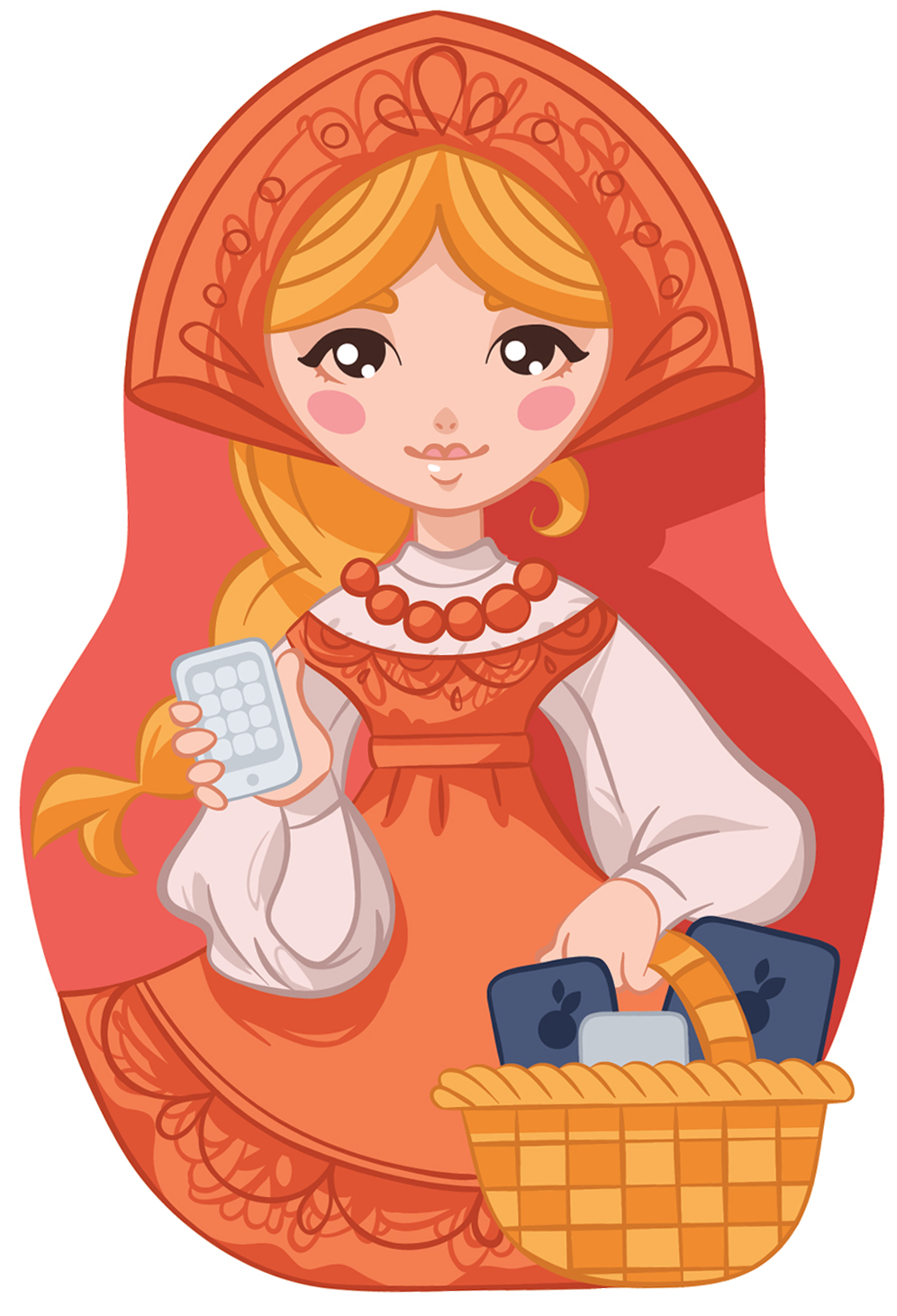
DIGITAL MARKETING
Share this Post
This article is about the peculiarities of Russian internet audience and about some features of LEADs generation in online stores. It will be useful for both businessman observing the Russian market and those who are already doing business in Russia and want to increase the conversion of their websites.
Mysterious Russian soul is not entirely clear even to Russian marketing specialists. However, some believe that if they create a Russian website similar to European, they get a similar result. They won`t. Let`s try to understand why.
Fears
Frightful prices
Europeans are not afraid of artificially high price;the main thing is to be personally satisfied with this price. This means that Europeans do not have to be convinced in fairness of this price, while the Russians need to be convinced. There is a big enough niche of Russians willing to pay 2 - 10 times more than they used to for a certain product or service. The main thing it must be something worth paying for: brand, quality, warranty.
Price should be carefully justified and tested
Certainly, as in any country, there is a niche where people only buy the cheapest goods . In Russia such goods on the one hand discredited themselves, on the other - they can be good, and the number of such goods is growing every year.Because of this, demand for them decreases. The only thing that scares Russians is "garage" production. Goods produced on the factory inspireconfidence. On the main page of inexpensive online store you should answer the question: why do you have it so cheap, while qualitative? And the visitor with high probability will become a customer.
Will I get the product I purchased?
Europeans have no fear that the goods they purchased online won`t be delivered at all. Russians often faced unscrupulous suppliers. Payment on delivery for a new Internet project is a good marketing mix. Meanwhile you should be aware of the risk; a certain percentage of customers may behave inappropriately as they receive the goods. In B2B sector prepayment is required. In B2B everything is pragmatic, no fears or other emotions.
Behavioral factors
What are the main behavioral factors?
l Visit
l Time spent on a web page
l Rejection
We will not talk about the problems of resource developers, designers and anyone who promotes websites.
What fundamental decisions do the entrepreneur entering the Russian online market needs to take?
Not to be shallow, let`s look deeper and talk about the peculiarities of Russian and European audiences, influencing these important indicators of the success of an Internet resource.
One would think a simple and a best possible step to start is creating an online store. Here the questions arise. What design is better? What products should be placed on the first page? Should we place the info of promo actions, if yes, how should we do that? How will reviews and warranties work? There are no simple answers to that, what is good for the site "A" is bad for the site "B". Let's try to figure it out generally.
Distinguishing feature of Russian customer № 1- Europeans like promo-actions while Russians love them. This means that your advertising in Russia will involve frequent and catchy promotions, discounts, bonuses, etc. Message about new promotions every month is a good trick to have credibility of Russian customers.
Europeans can place photos of the product and accurate line about the half price on the main page. Or block with the promo, which is often done in Russia. They can also don’t place it at all. Because for European target audience it is natural to learn about promotions and news from Facebook. Those who want to know this just click the relevant icon. Russians treat Facebook differently, they prefer to see the news and info about promo first, even as a menu button. This is particularly topical for new visitors.
Lots of Russian internet users don`t even know what are these social networks icons on the websites are used for
In Russia those who look for the new experience not directly related to the process of purchase search for the "forum" or "blog" icon. In Europe they search for popular networks icons.
Of course, there is a likeness of diffusion in social sphere. Social networks icons will eventually become more popular in Russia (of course, these are other icons of different network where Russian audience resides). They should be placed and you need to work with them too. However, defiant advertising is more effective nowadays, as long as you need to sell now!
Example of a promo-action on the successful London website:
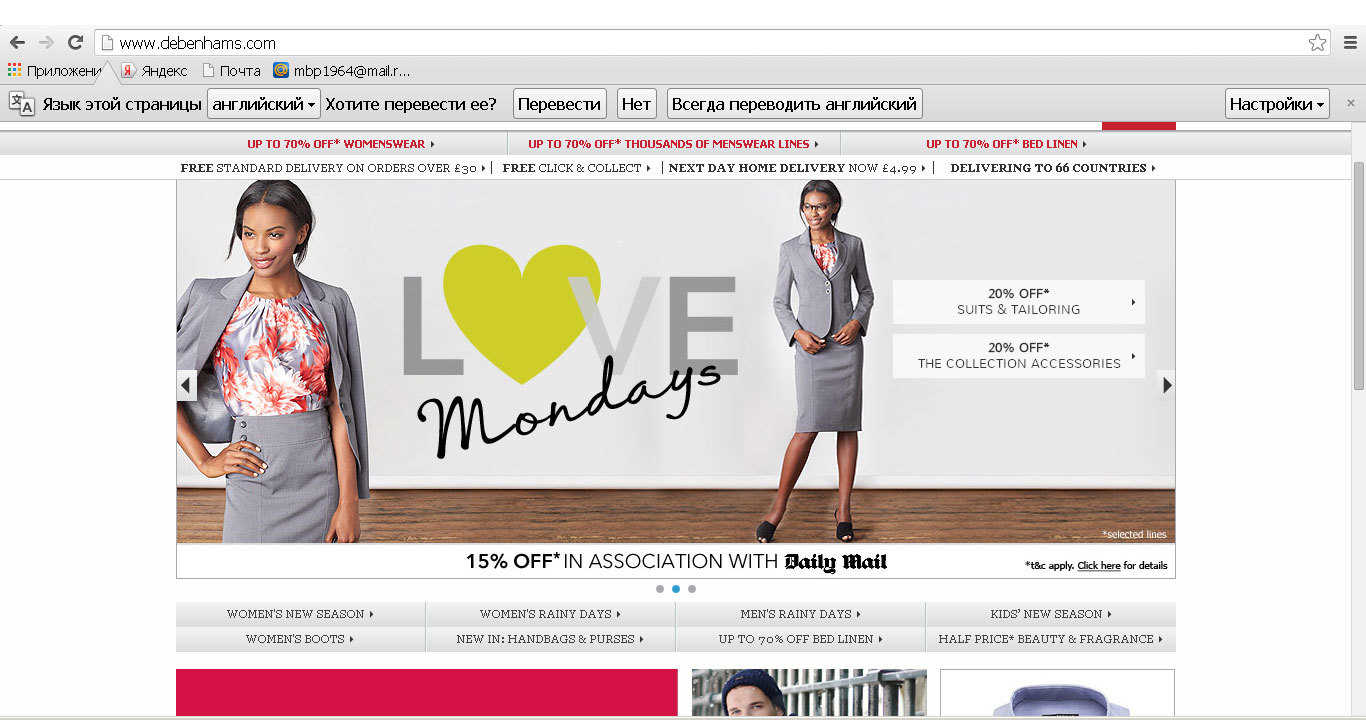
Example of promo-action on a successful Russian websiteWildberries:
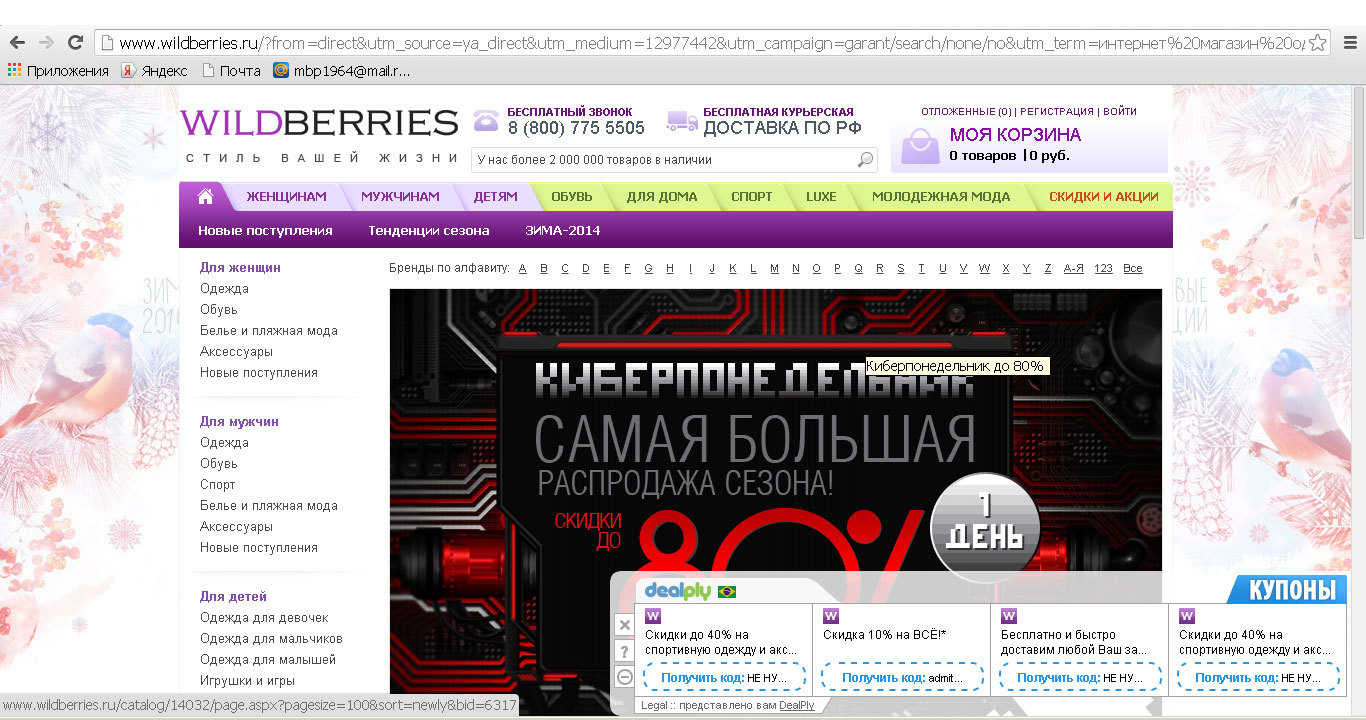
Distinguishing feature of Russian customer № 2- a need for aggressive advertising. Aggressive does not mean bad, on the contrary. Massively labeled phone number is almost mandatory on the Russian site. And this is aggression. Online assistance is even more aggression. Russians easily stay on the webpage, willingly linger on the page, chatting with online consultant.
On the landing page it could be a photo woman in a fur coat on the entire screen, coffee beans shedding into a cup, a short video or just bright colors of Internet resource design. European buyers have long passed the stage when they lacked the vivid impressions; they prefer low-key colors on the Internet and the information in the first place.
Everyone knows that one man's meat is another man's poison. In this case, poison us a pale website design, though it was supposed to be stylish.
Bright colors on European sites there are mainly used for advertising movies, design products food andproducts for children. In Russia, they are widely used.
Example is a banner of mobile service provider. Design is very important here. Here is the example of a fresh idea and bright corporate colors:
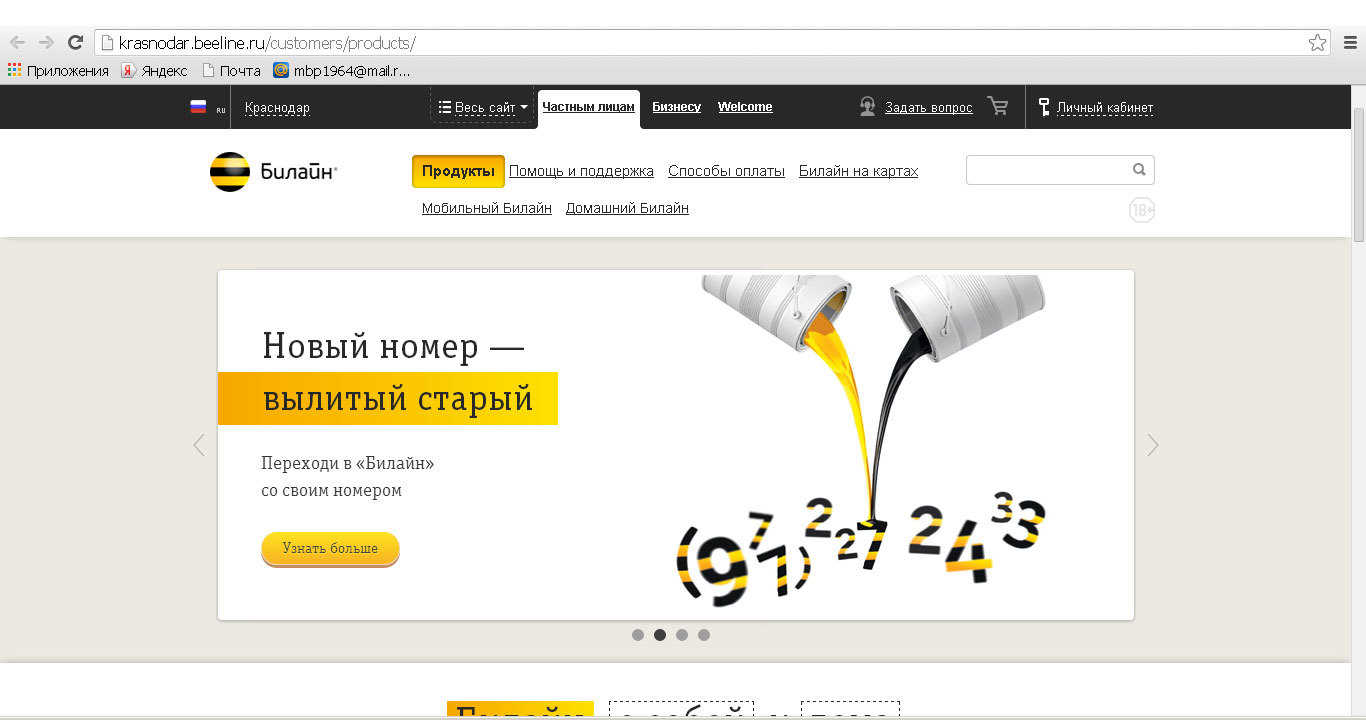
Mobile phone operator in the UK chose this design for Landing Page (minimalism, very stylish, only for European market)
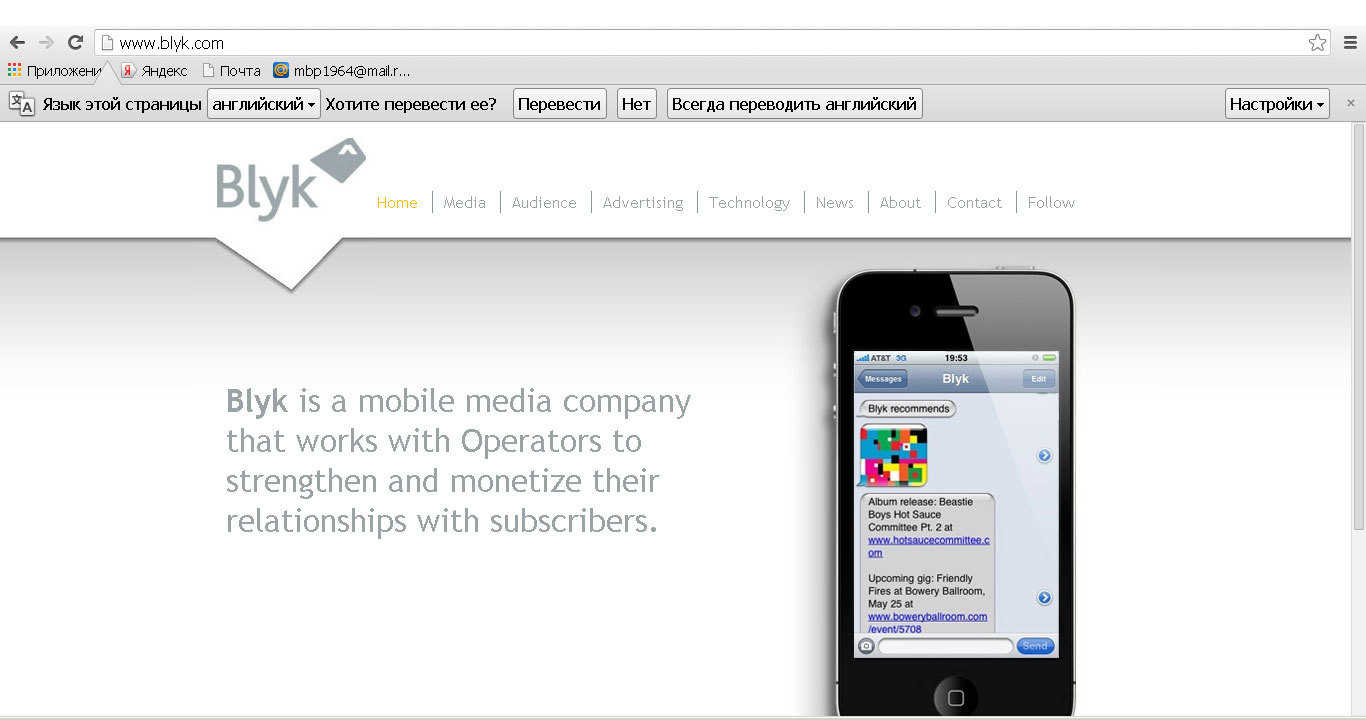
Page of successful London online store Dorothy Perkins, the model can be zoomed in from different angles
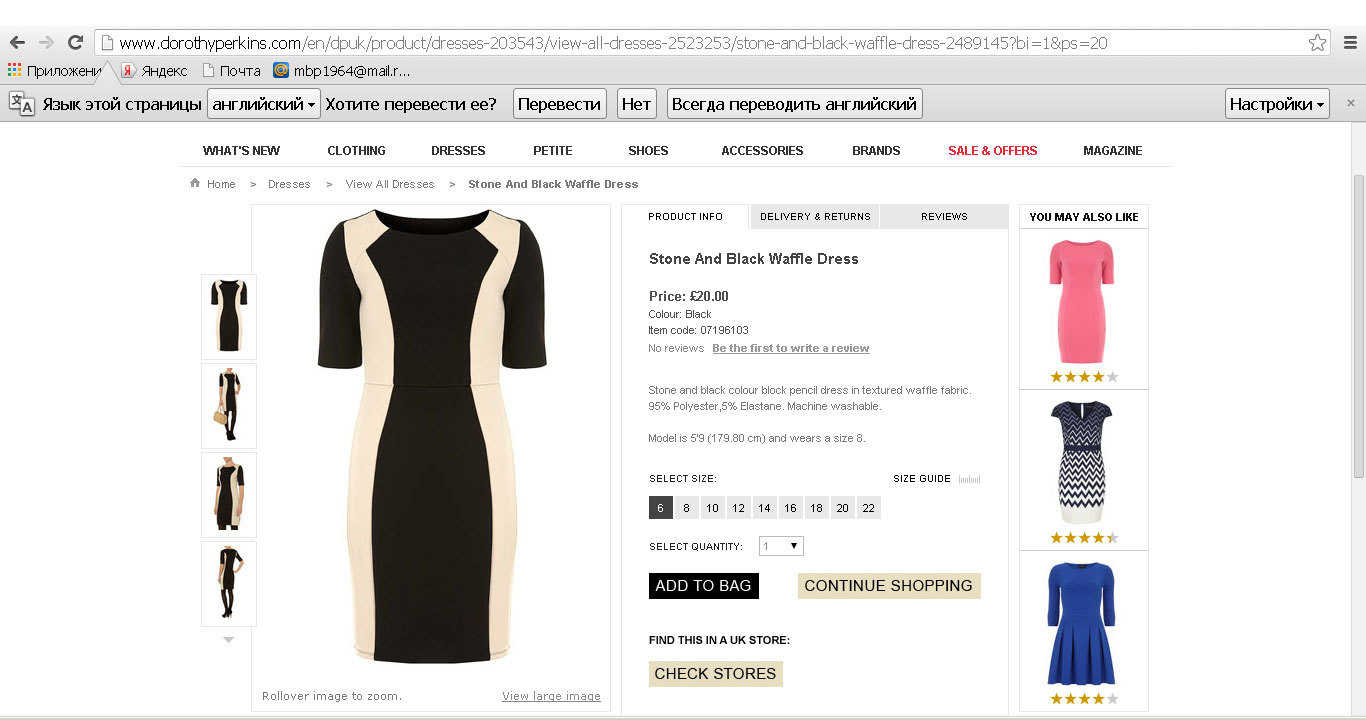
A similar example of a successful online store Moscow butik (model can be seen from all sides). Design is involved in the sale, highlighting important information:
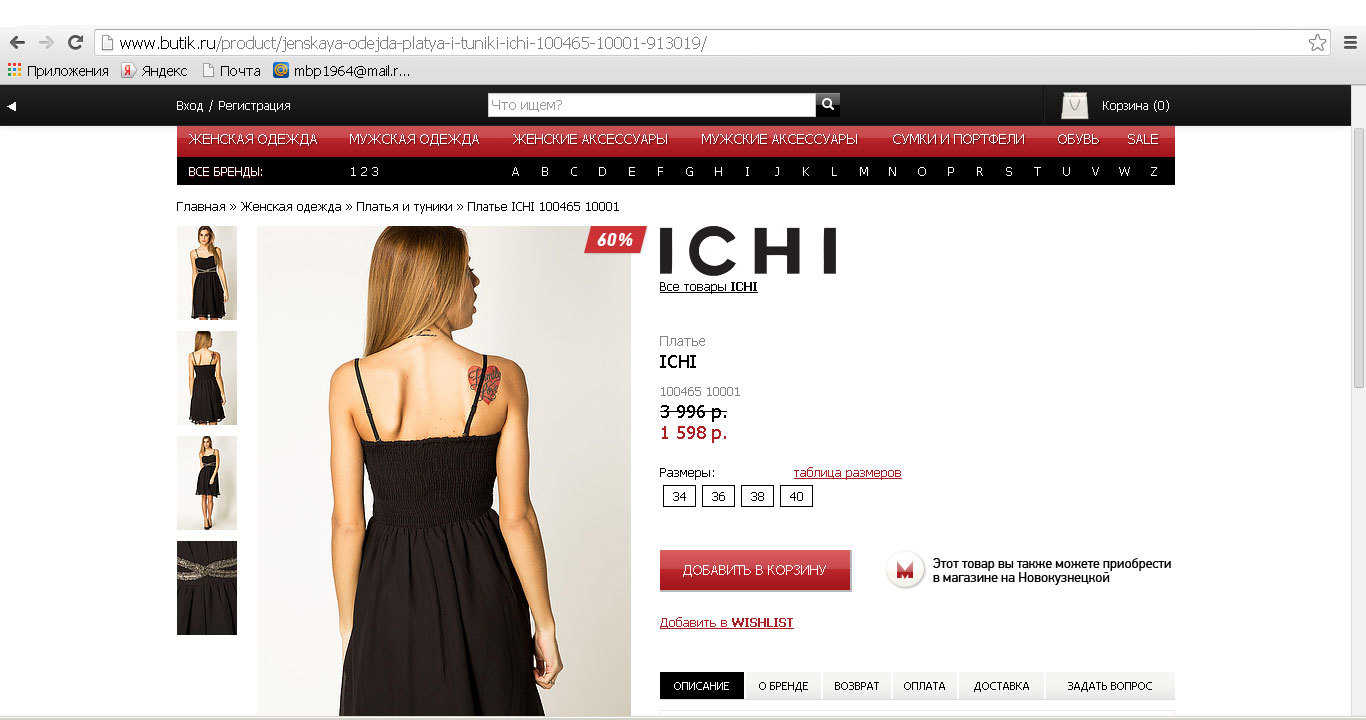
Blocks (stand-alone bars with information) are another characteristic of Western resources. Russian entrepreneurs often realize that blocks look respectable, so they should be on a website. If you want to copy a similar Russian site, you can make a mistake. In fact, it is cheaper. It should be noted that Russian Internet users appreciate the bells and whistles, they think it's cool. The easiest option is an online store where the model can be viewed from different angles, zoomed in, it inspires confidence. This resource is created not just within one day.
Russians set a high value on the design of an Internet resource. They can leave because of the cheap design.
Distinguishing feature of Russian customer № 3– skepticism,distrust to reviews. This is not surprising! Fake reviews fill Russian Internet more and more. This does not mean that you need to ignore the reviews. Real reviews work perfectly. Especially if there is a possibility to check the information, for example, by calling or writing to your satisfied customers. This is topical for the B2B sector; mere mortals are unlikely to enjoy the prospect of such testing.
The situation is similar with a rating of products and online stores.
European business owners are interested in realratings, Russian businessmen are interested in overvalued ratings. Customers understand it very well.
Trying to get information about the quality of the goods, Russian consumer pays attention to the bad reviews ... Not certainly they will scare away Russian people.
For example, someone needs inexpensive furniture. Negative reviews say that after workers left a drawer turned not to be opened easily. Russians think calmly: "ThisCompany gives a guarantee. They had to check it first and not to sign the agreement. It could be worse! “Another reaction to the presence of a negative opinion on the background of the positive ones:“Just a reject, this pattern doesn`t have anything to do with it! “Meanwhile, the credibility of the good reviews strengthens.
For the European bad review is a catastrophe! Different people are used to different things.
The main difference between Russian and European users is Russian HABIT to touch and test everything before buying. This can be done easily in an offline store. Because of this not all Russian big stores have their own online stores. In Europe all of them do. Even in large cities such as Moscow and St. Petersburg there is distrustto online shopping.
Europeans also like touching and testing, but they don`t want to spend time on it. Programs that allow testing the comfort level of a car, sitting in front of your computer, are developed for them. For Russians automobile showroom is much more appropriate. Also it`s to expensive to enter Russian market with know-hows like that. Maximum that can be done in this direction is interactive images on the site to select the color, model etc.
In Russia there is a law about a return of goods purchased from the online store. Not all Russians know this law. Describing return policy in your online store can be a good marketing mix.
Guarantees
We should also mention the guarantees. They increase the conversion, both in Europe and Russia. Although unscrupulous businessmen have undermined confidence to guarantees on the Russian market, the majority of Internet users do not expect to find them on the site. They are accustomed to the risks.
And in the end, an important reminder:
Only testing will tell you what is good and what is bad for your website.
Join 2,000+
of your Peers!
You will be the first to know about Russian marketing insights, news and updates from our agency. Stay tuned!
Get our latest articles delivered to your email inbox and get our exclusive White Paper
"Digital Marketing in Russia. Finding your customers on the internet"
for FREE!
Russian Digital Market Overview 2023
More about effective digital marketing strategies in the Russian market
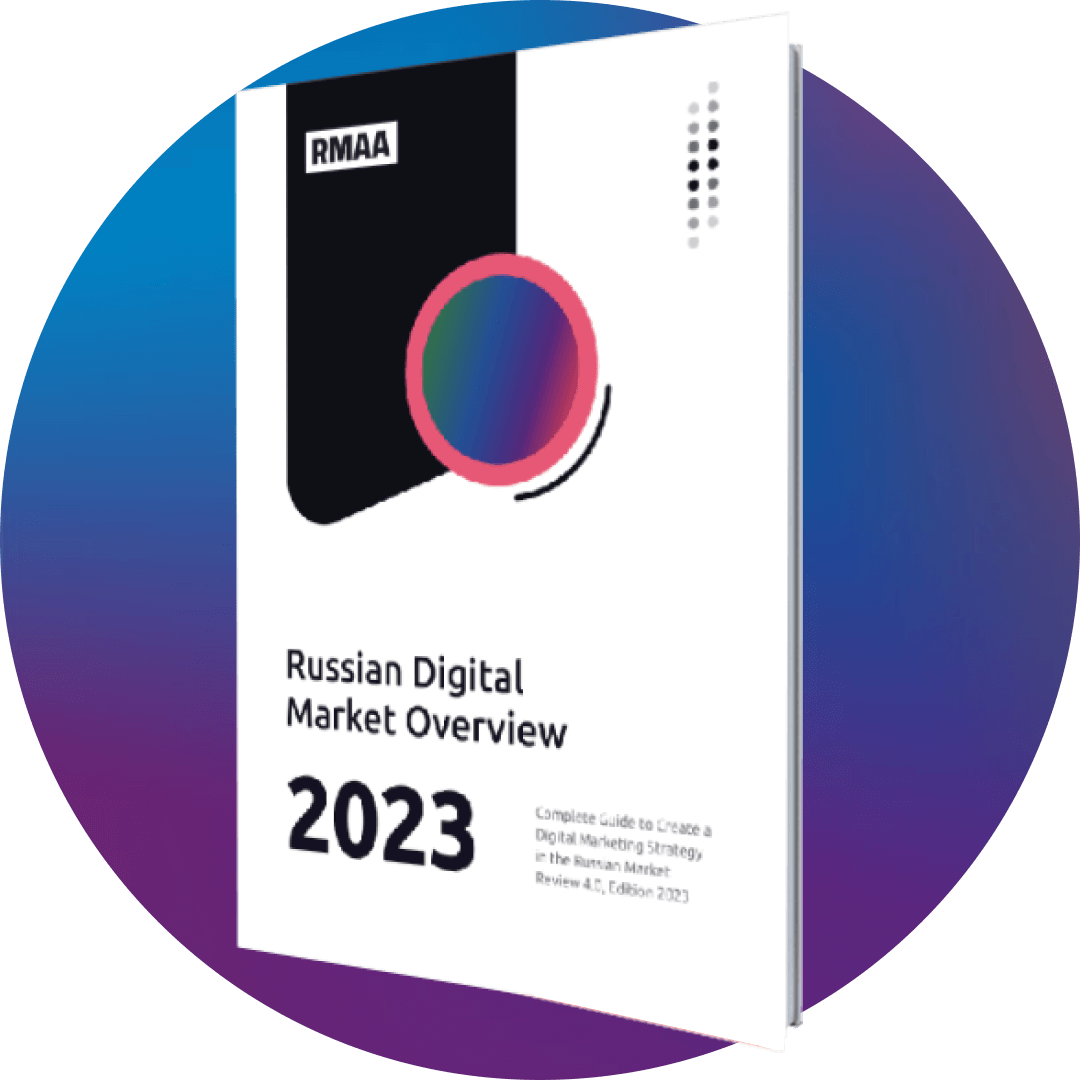
Ready to partner with the specialists in Russian marketing and advertising?
About the Author
Digital Strategist. Head of one of the project groups at RMAA. Maria started her journey in digital marketing in 2009.
Join 2,000+ of your Peers!
Get our latest articles delivered to your email inbox and get our exclusive White Paper "Digital Marketing in Russia. Finding your customers on the internet" for FREE!
You will be the first to know about Russian marketing insights,
news and updates from our agency.
Stay tuned!















